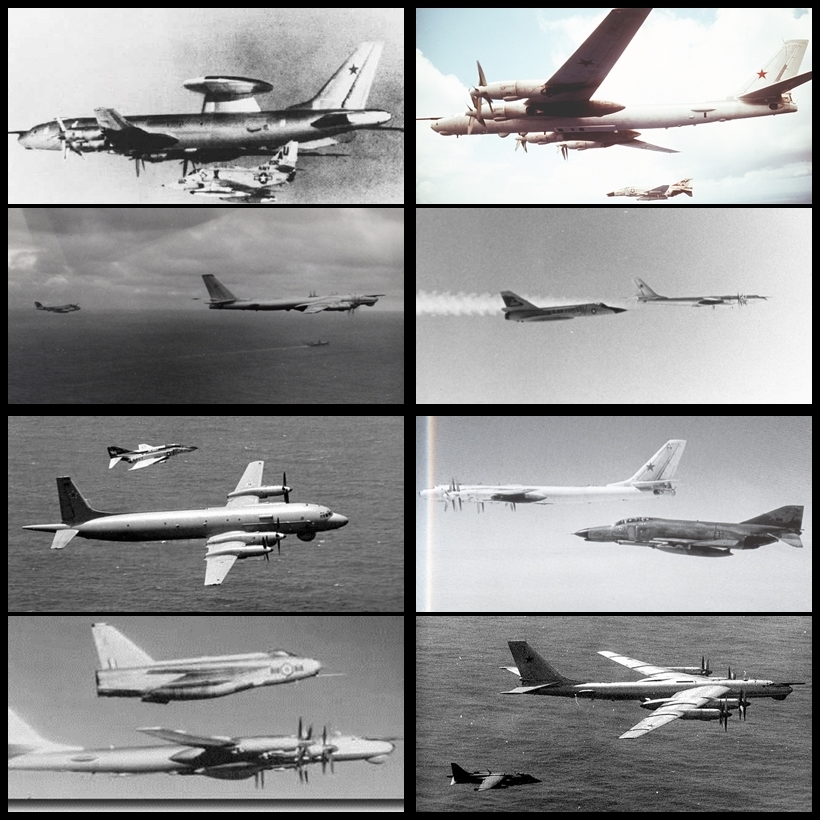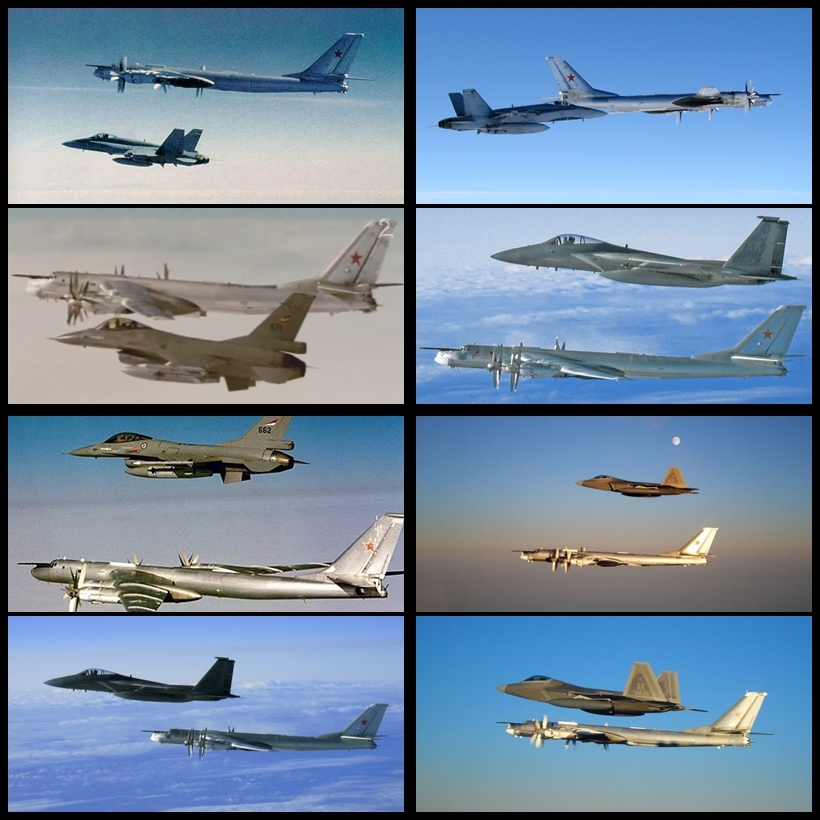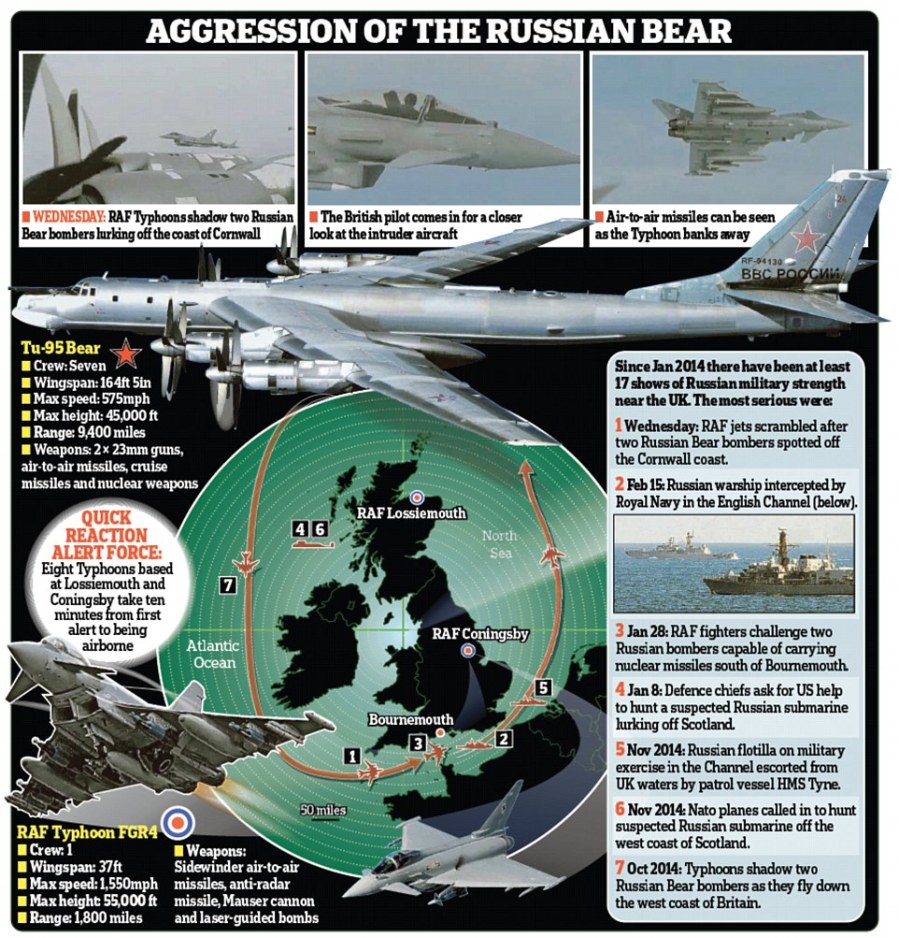Growing up in Australia during the 1970’s and 80’s I was always intrigued in hearing about the “Red Menace” of Communism. I was a kid and a teenager during the Cold War but felt far removed from any threat living in the southern part of Australia. The Vietnam War was long over, Europe was far away and China was not the superpower it is today. In reality I read years later that Soviet submarines were often detected in our waters, plus Soviet “fishing trawlers” were out there that were actually spy ships. In return Australian submarines would spy on the fleets of the Soviet and Chinese Navy in the Pacific Ocean, Indian Ocean and South China Sea from 1978 to 1992 (these secret missions came to an end when one of our Oberon class submarines specially equipped with intelligence gathering equipment got caught in a fishing net and had to surface in the middle of a fleet to be cut free!). Australia was most likely also targeted by Soviet nuclear missiles as we had numerous US spy bases located within our borders.

The one thing that always fascinated me during that period was seeing photos in books and magazines of relatively tiny North Atlantic Treaty Organization (NATO) and US fighter aircraft intercepting massive Soviet bombers and reconnaissance aircraft over the North Sea, the Baltic, the Pacific Ocean or the Bering Sea near Alaska. Back then NATO included Belgium, Canada, Denmark, France, Greece, Iceland, Italy, Norway, Portugal, Spain, Turkey, UK, USA and West Germany (it has greatly expanded today to include former Eastern Bloc enemies).

From the 1950’s right through to the fall of the USSR and Communism in Eastern Europe in 1991 the Soviets sent aircraft to probe and spy on the air defences of NATO nations and the US Pacific naval fleet. This lead to NATO forces building high-speed aircraft (Mach 2+) with a rapid rate of climb to take off and quickly intercept and escort the Soviet aircraft out of their airspace in as “friendly” a manner as possible (classic interceptors included the English Electric Lightning, Convair F-106 Delta Dart, Grumman F-14 Tomcat, Lockheed F-104 Starfighter and the Panavia Tornado F.3). Sometimes these interceptions were done at incredibly close ranges so the pilots could check each other out and take intelligence photos. This must have led to some very hair-raising and amusing moments on both sides. I remember reading stories of NATO pilots holding up symbols of the “Free West” to their Soviet counterparts such as Playboy magazines!

These Soviet incursion flights were all in preparation for a possible war that hung over the world following World War Two. Of course as history has shown it was a Cold War and luckily never went “hot”. So Communism fell and the Cold War ended. This spelt the end of these incursion flights, but then around 15 years later the economic fortunes of Russia began to rise on the back of natural resources, along with a reestablished influence over the world. This resurgence suddenly lead to the appearance of the Russian aircraft on incursion flights once again! Starting in around 2006 Russian electronic intelligence (ELINT), strategic bombers and reconnaissance aircraft started to probe the air defences of the UK and Northern Europe. They say history tends to repeat itself and one thing is certain the Russian bear is back!
The interesting thing with these intercepts is that throughout the entire period from the 1950’s to today one predominate aircraft has been involved in most of them. The Tupolev Tu-95 Bear a huge 4 turbo prop engined strategic bomber / airborne surveillance aircraft that first flew in 1952 and is still in service with the Russian Air Force today. The Tu-95 can be armed with various air-to-surface missiles including nuclear weapons.


Following are a collection of photos of interceptions of Soviet and Russian aircraft over the past 50 years or so by NATO and US aircraft. They have certainly kept NATO pilots (and their allies) busy for decades!
1960’s

1970’s



1980’s





2000’s
The Bear is back!



In 2004 the Baltic States joined NATO. Since then NATO nations have conducted a Baltic Air Policing mission deploying fighter aircraft in a defensive operation to monitor NATO airspace in the Baltic Sea. As such this has resulted in many intercepts of Russian aircraft when they have been on “training” missions.



As for me, well I have only ever seen one Tupolev Tu-95 Bear. That was at the Russian Air Force Museum in Monino near Moscow in 2007. Would love to see one in the air some day!

UPDATE APRIL 2014
The Bear just keeps on going on! 2 Russian Tupolev Tu-95 Bear H aircraft were detected approaching the NATO Air Policing Area north of Scotland to conduct a surveillance mission on April 23rd, 2014. Royal Air Force Eurofighter Typhoon fighters from Number 6 Squadron were scrambled from RAF Leuchars (they are part of the RAF Typhoon Quick Reaction Alert force) to intercept the Bears and keep them out of UK airspace. The pilots of the Typhoons took the following photos whilst escorting the Russians out of the area. They then handed them over to F-16’s flown by the Danish Air Force to escort further north (F-16’s from the Netherlands Air Force were also scrambled to intercept the Tu-95’s). It should be said the Russians remained in international airspace throughout this process.

The UK Ministry of Defence quoted RAF Number 6 Squadron Typhoon pilot Flight Lieutenant Gary Montgomery as saying:
“Typhoon Quick Reaction Alert stands ready to scramble at a moments notice, 24/7, all year long, to maintain the integrity of UK airspace.”
“Intercepting Russian Bear aircraft is a routine occurrence for us, it’s what we do to maintain UK Sovereign airspace.”

While these Russian incursions are nothing new, this flight was a little unusual. Yes it happened while political tensions run high in Europe, but the unique thing about this incursion is that there are 2 Bears together, If you look back at the vast collection of photos I have put together in this blog, these types of intercepts are nearly always of single aircraft. The Russians never fail to surprise!

Once the Bears left Danish airspace the RAF Typhoons (who had been refueled by an RAF Voyager tanker) continued to monitor their movements until they were last seen heading north towards Norwegian airspace and back to their base on the Kola Peninsula in northern Russia (the Norwegian Air Force decided against intercepting them as they had already been identified). For over 60 years now the Tupolev Tu-95 Bear has been a threat. No doubt the Russian Bear will return again soon!
UPDATE DECEMBER 2014
The Russian Air Force has been intercepted on a regular basis during their training missions in 2014 by Royal Norwegian Air Force General Dynamics F-16 Fighting Falcon fighters off the coast of Norway. The Norwegian Ministry of Defense reported that Norwegian F-16s were scrambled to intercept Russian aircraft 41 times in 2013 and 43 times as of December 1st, 2014, compared to only 16 occasions in 2005. NATO announced that interceptions by NATO aircraft of Russian aircraft had tripled in 2014 around Europe with a significant increase in the Baltic region in particular.


Bottom: Portuguese Air Force F-16 intercepts a Russian Tu-95 Bear on October 31st, 2014 (Photos sourced from the respective Air Forces)

Bottom: Norwegian Air Force F-16 tails a Russian Ilyushin Il-20 Coot ELINT aircraft December 2014 (Photos sourced from the respective air forces)
UPDATE FEBRUARY 2015
As we all know Russian Bear aircraft have continued to probe western air defences around Europe, the UK specifically and North America mainly off Alaska. Most recently though on February 18th, 2015 the Russian Defence Ministry TV channel released a video of RAF Eurofighter Typhoon and Armée de l’Air (French AF) Dassault Mirage 2000 fighters (a Mirage 2000 can be seen at the 0:53 second mark) shadowing a Tu-95 strategic bomber from the Bear itself! A unique perspective and a good view of the huge contra-rotating propellers of the Tu-95 too.
The video is believed to be an interception conducted by NATO fighters from the RAF, Armée de l’Air (French AF) and the Royal Norwegian Air Force (F-16’s) at various stages during the flight on January 29th, 2015 in the NATO Baltic Air Policing zone. On that date the two Tu-95 aircraft that were intercepted were escorted by Mikoyan Gurevich MiG-31 Foxhound long-range interceptors and were refueled twice by Ilyushin Il-78 Midas tankers. The Russian bombers took off from Engels airbase and their flight lasted 19 hours.

Bottom: An RAF Eurofighter Typhoon gets up close with a Tu-95 Bear (Russian Ministry of Defence photo)
The video was released by the Russian military following a similar interception by RAF Eurofighter Typhoon fighters off the coast of Cornwall, UK on February 18th, 2015 (the Russians were in international airspace). In this incident the RAF aircraft escorted the Russian Tu-95’s as they flew south before turning back and flying north along the Irish coast and away from the area.




[…] with British and US forces). One such mission I do know of was the Australian Navy involvement in spying on Soviet/Russian shipping between 1978 and 1992. All of this is on top of humanitarian aid missions that Australia has […]
LikeLike
Hi Deano,
Have just found this blog, it’s great, with really interesting information.
Do you happen to have the photo (or know where it is) of the Bear with the crewman in the rear holding up a can of Coke (I think)? I remember seeing it in one of my fathers Aircraft Illustrated magazines from either 70’s or 80’s. Was a great photo.
Anyway keep up the great work.
Rich
(Sydney)
LikeLike
Hi Rich, thanks for taking a look at my blog. I dont have that photo sorry, but I am sure it would be out there somewhere!
Regards
Deano
LikeLike
Hi Rich, here’s a link to a posting with such a photo. Look in post #12 on this link, you will see the tail gunner holding up the can:
http://bbs.hitechcreations.com/smf/index.php?topic=226590.0
LikeLiked by 1 person
Great work. It’s good to see the history. Good work, keep it up !
LikeLike
Thanks for that!
LikeLike
[…] Kaartje Koude Oorlog: Aces Flying High […]
LikeLike
[…] Источник: https://acesflyinghigh.wordpress.com […]
LikeLike
[…] years ago I wrote a blog titled Intercepting the Bear that has gone on to be one of my most popular. In it I detailed how the Soviet Union and later […]
LikeLike
In a real war, of course, the Tu 95s would fly off towards the North Pole and then release their 3000 kilometre range cruise missiles. The “interceptions” wouldn’t be of much help.
LikeLiked by 1 person
Very true. Its all just a “game” to test air defences
LikeLike
[…] [The Telegraph] [Wall Street Journal via MarketWatch] [Alaska Dispatch News] [Photo courtesy Aces Flying High] […]
LikeLike